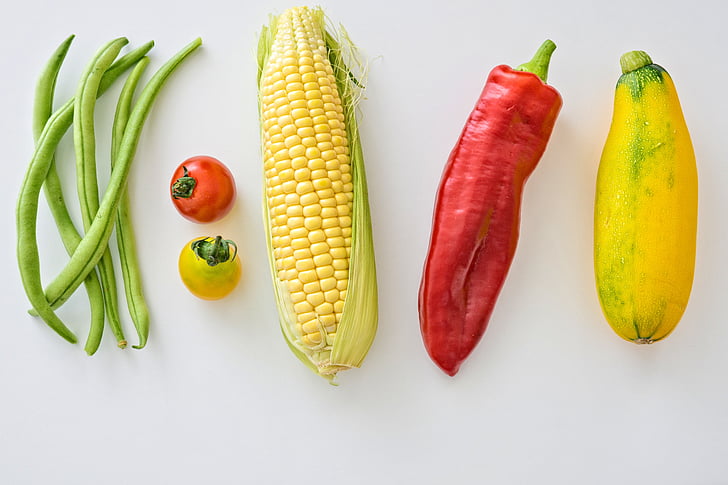The first barrier to purchasing organic is usually the price, which many consumers cannot afford. It makes sense; it may be hard to choose whether to spend extra money on organic produce when conventional and organic produce look the same. While it is easy to fall victim to this mentality, there are other (justifiable) reasons why organic foods are often more costly. Are you curious? Below is a list of the top five reasons why organic food is more expensive than conventional today food recipes . Because organic foods don’t include synthetic fertilizers and pesticides, which have been linked to a number of health issues, the market for them is mostly driven by health concerns.
Organic Certification
For a farm, gaining and maintaining an organic certification is expensive. In addition to paying the initial application and site inspection fees, farmers may also need to improve their equipment and operate organically for three years without the financial benefits that come with the USDA Certified brand before they can receive certification. These up-front expenses are accompanied by annual certification and inspection fees. This equates to about $875 up front plus $740 to $1,500 for yearly renewal for a small farm or company.¹
Reduced Pesticide Exposure
One of the main health benefits of consuming organic food is the reduced exposure to synthetic pesticides. Many farmers will be making every effort to ensure that their harvests remain perfect, as they have been negatively affected in recent years. Chemicals are often used in conventional farming to shield crops from pests and illnesses. On occasion, produce may include these pesticide residues, which could be harmful to one’s health. Long-term exposure to some pesticides has been linked to a number of health issues, including endocrine disruption, neurodevelopmental abnormalities in children, and even some types of cancer. Organic farming practices, which prohibit or severely restrict the use of synthetic pesticides, significantly reduce this danger.
Operational Costs
To put it simply, running an organic farm costs more than running a conventional one. Natural fertilizers and organic animal feed are examples of items used in organic farming that are substantially more expensive than synthetic, chemical, and genetically engineered goods used on conventional farms. it takes more labor. Because organic farms are typically much smaller than conventional farms, they are unable to benefit from economies of scale. All of this has an impact on the price of producing organic food.
Lower Yield
Organic farms produce smaller harvests, or less crops that may be sold, than conventional farms. There are several elements that effect this: They typically have limited room to expand. They don’t alter the environment chemically to get rid of pests and other threats. They do not utilize GMOs. They also avoid monocropping, which is the practice of growing the same crop in a plot. All of these methods are used in conventional farming, which results in an exceptionally high crop output. Because they have less produce to sell, organic farmers are forced to slightly increase their pricing.
Cleaner Ingredients
When a food product is USDA organic, it means that at least 95% of its ingredients are organic; these are higher-priced, better-quality ingredients. Cheaper ingredients allow conventional foods to be made more cheaply and, consequently, bought at a lower price.
